One of the most common questions we get asked is, does espresso contain more caffeine than other brewing methods, and in particular drip coffee?
It is a common assumption that a shot of espresso packs the biggest punch and therefore must contain the most caffeine, but is this true?
When you get down to the numbers, it turns out drip coffee actually contains more amounts of caffeine than an espresso.
So we decided to do a little more research and find out why.
Table of Contents
What is drip coffee?

Drip coffee is well suited to savouring specific and unique flavours, and therefore, many roasters will designate certain specialty coffees, as opposed to espresso, such as the award winning Ethiopian Yirgacheffe by Hampshire Coffee Co.

Therefore, if you are really passionate about your specialty coffees flavour, then drip coffee is one of the best ways to go.
Drip coffee is made by dripping boiling water over your coffee grounds and using gravity to pass the water through. It requires a gentle brewing process using slower techniques and lower temperatures which allows roasters to infuse a wide variety of flavours and aromas.
Baristas agree, drip coffee and pour over brewing unlocks the full potential of specialty coffee, and better yet, you do not have to go to your local coffee shop to get one.
The Coffee Gator Pour Over Brewer with a paperless stainless steel filter and glass carafe is a perfect kit to make drip coffee in the comfort of your home.

It has everything you want to prepare your senses for a fragrant, naturally sweeter coffee brew from home.
Drip coffee also has a lighter body which tends to be more viscous by nature than your typical shot of espresso.
What is an espresso?

With an espresso, the brewing time is much shorter, and can be made by a variety of espresso machines.
A shot of espresso is made from creating pressure to force water through tightly packed, finely ground coffee. The medium roast espresso ground coffee by Presto is a perfect option to provide you with barista quality espresso shot coffee.
Not all coffees are suitable for espresso since the hallmark of a good shot is rich crema, and this can only be achieved under particular conditions and certain coffee blends.
Generally espresso coffee is a blend of several different types of coffee beans from around the world, and are then ground down to a finer size than what you would generally have in drip coffee.
It is suggested that for the best shot of espresso, it should take 25-30 seconds for the water to pass through the grinds and into your coffee cup.
There are many espresso coffee machines that you can have to achieve this. At home, we recommend a traditional pump espresso machine, like the 15 Bar Espresso Coffee Machine by Homever which you can find over on Amazon.
However, if you are looking to have that extra edge, then you can try the De’Longhi Autentica, automatic cappuccino and espresso maker, which comes at a slightly higher price.
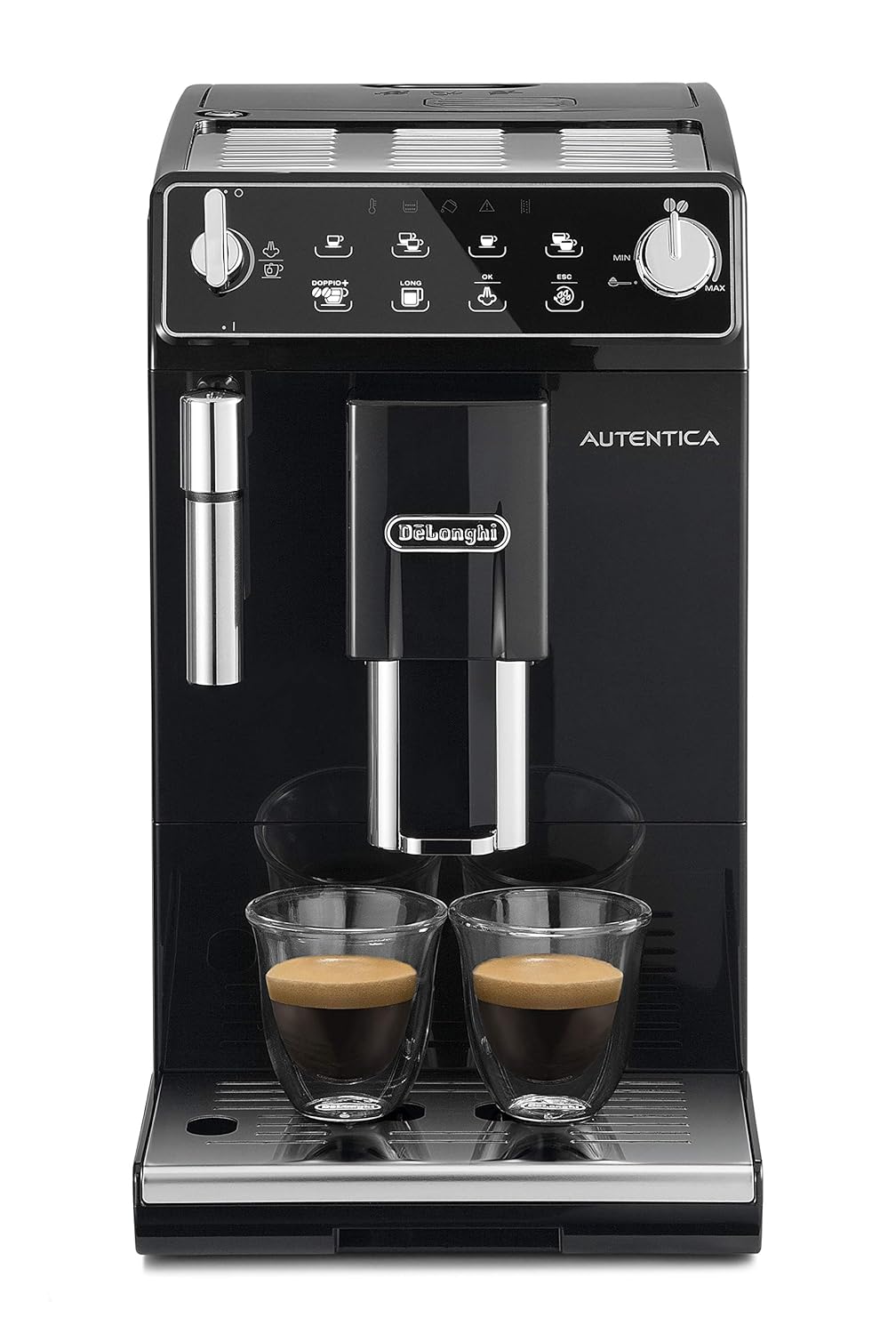
15 Bar Espresso Coffee Machine

What causes the different caffeine levels?
So how exactly does the drip coffee method affect the level of caffeine, compared to an espresso?
First of all, caffeine amounts for espresso and drip coffee can vary among the wide variety of different specialty coffees available, as well as the variety in types of bean roasts.
Without getting too technical, it turns out there are actually a number of reasons for this, it’s not just about numbers, we have to also factor in the below points.

Temperature –
This is a big one as caffeine acts as a solvent, the temperature is going to have a big impact on how quickly caffeine is drawn from the bean.
Let’s take cold brew as an example, it can take hours for the caffeine to release into the drink, and needs to brew for a very long period of time due to the cold temperature.
For hot coffee beverages, the ideal water temperature is near boiling which is about 95 degrees.
Time –
Studies suggest that all the caffeine available is released during the first minute of extraction. When brewing an espresso, the extraction time is about 20-30 seconds.
Drip coffee has a longer brewing and extraction time, which therefore causes a different level of caffeine in the final brew.

Grind –
The size of your grounds will have an effect on how quickly caffeine is extracted. Fine grinds will have the ability to extract caffeine quickly, and water will saturate all the grounds.
Where as coarse grind could cause under extraction as the water will take longer to saturate all the grounds.
Saturation –
Saturation refers to the amount of water that comes into contact with your coffee grounds during the brewing processes.
The greater levels of saturation, the more caffeine will be extracted into the final brew that you consume.
With an espresso, generally the grounds are well saturated as they are all tightly packed in, however, with drip coffee, the level of saturation will depend on the brewers techniques and type of equipment they use.
What coffee contains the highest level of caffeine?

The increasingly popular Death Wish Coffee claims to pack the highest punch in caffeine.
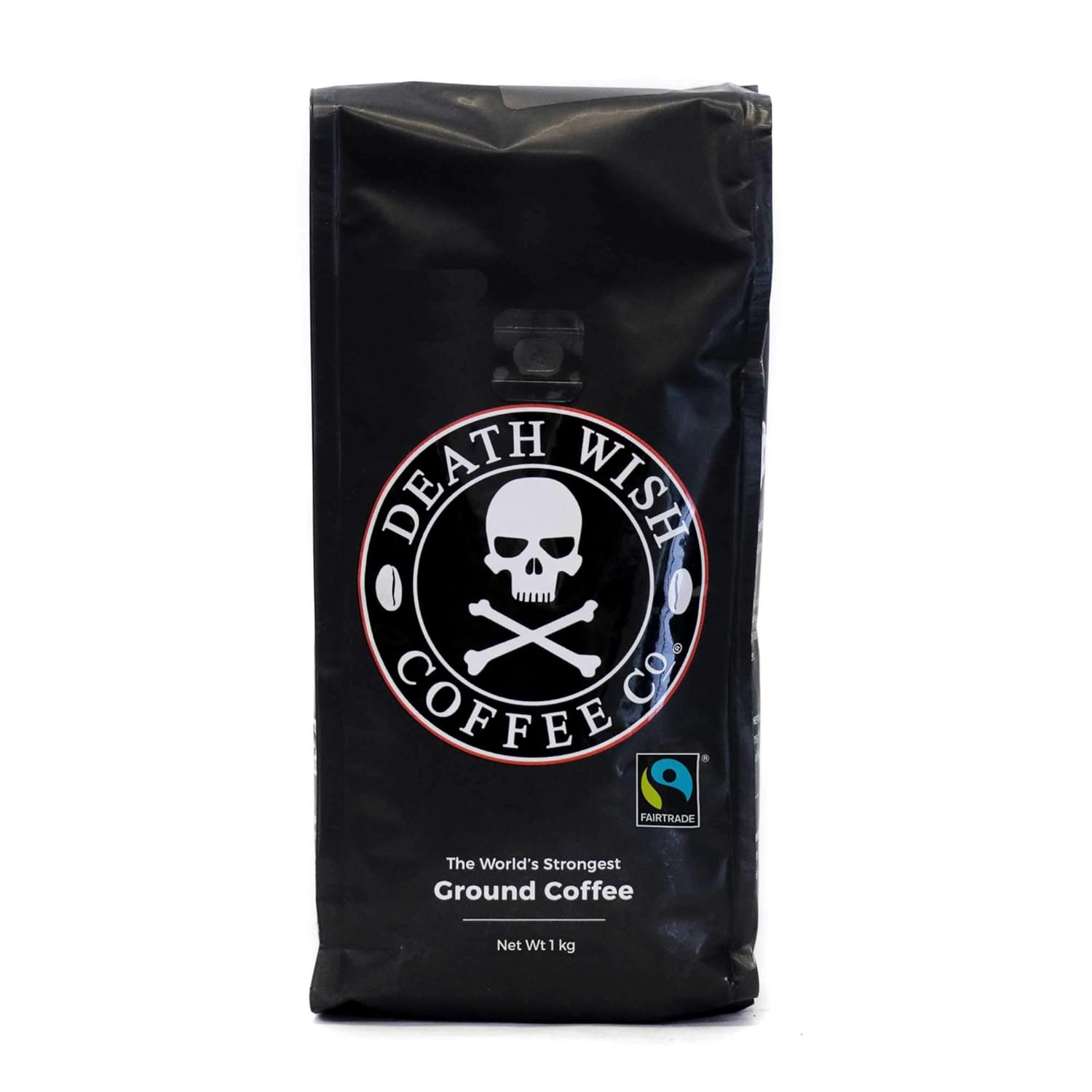
You can get your Death Wish Coffee fix with this smooth dark roast coffee that is conveniently ground for your auto-drip coffee maker.
Take pride knowing that you’re drinking USDA Certified Organic and Fairtrade coffee, where their beans are carefully selected & expertly roasted to give you that caffeine kick, bold taste and great aroma that you’ve come to love.
Their state of the art roasting & packaging ensures that your coffee will arrive fresh & delicious.
Why do people assume espresso contains more caffeine than drip coffee?

Caffeine affects everyone differently, but in general, you drink an espresso much quicker than drip coffee which you would most likely sip away over a period of time.
As you drink an espresso shot quickly, the caffeine levels are consumed rapidly, which therefore would hit your central nervous system differently than sipping at your drip coffee, and having caffeine levels being consumed at longer period of times.
Therefore, this results in that coffee buzz people get with an espresso, and therefore, the assumption that espresso contains more caffeine than drip coffee.

By concentration, an espresso has more caffeine, because a double shot of espresso has roughly 35-40mg per ounce, where as a brewed drip coffee has about 10mg in each ounce.
Therefore, by concentration, we can see that the espresso does have more caffeine. However, other than the factors we mentioned earlier in this article, people also do not consider the serving sizes between the two types of beverages.
As we are not exactly comparing apples to apples, the serving size is where the differences lie, with the espresso being the smaller beverage, therefore, from a beverage perspective has less caffeine than the larger drip coffee beverage.

Conclusion
To sum it up, from a beverage perspective, an espresso is served in much smaller volumes, we therefore get less caffeine.
But from a volume perspective, espresso has much more caffeine than drip coffee due to its higher concentration of solubles in that 1oz of coffee.
So when asking the question, does drip coffee contain more caffeine than an espresso, you really need to factor in the beverage size.
For the consumer, we can therefore conclude that drip coffee contains more caffeine than an espresso, but ultimately the answer will depend on your perspective.
Looking to find out how to make drip coffee? Be sure to check out our Chemex Brewing Guide (what is a Chemex?)

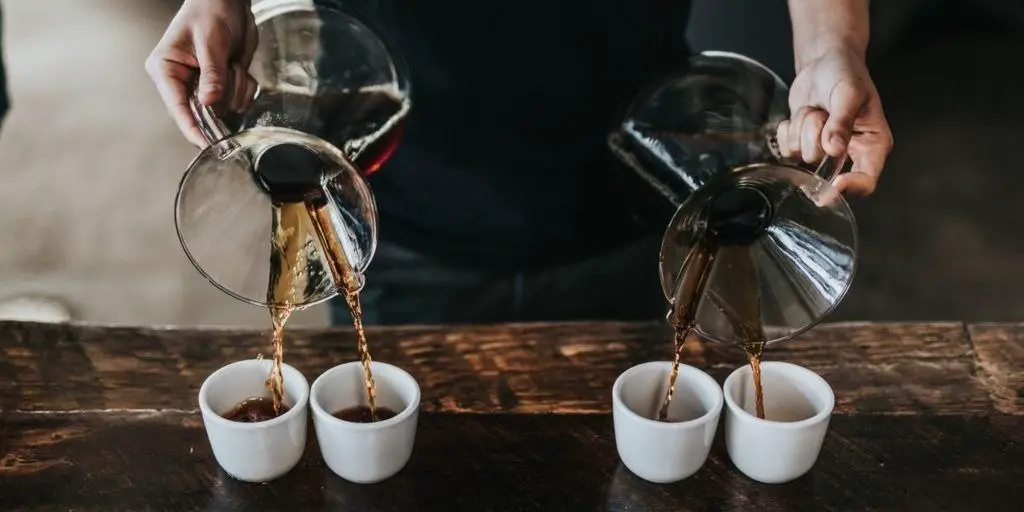
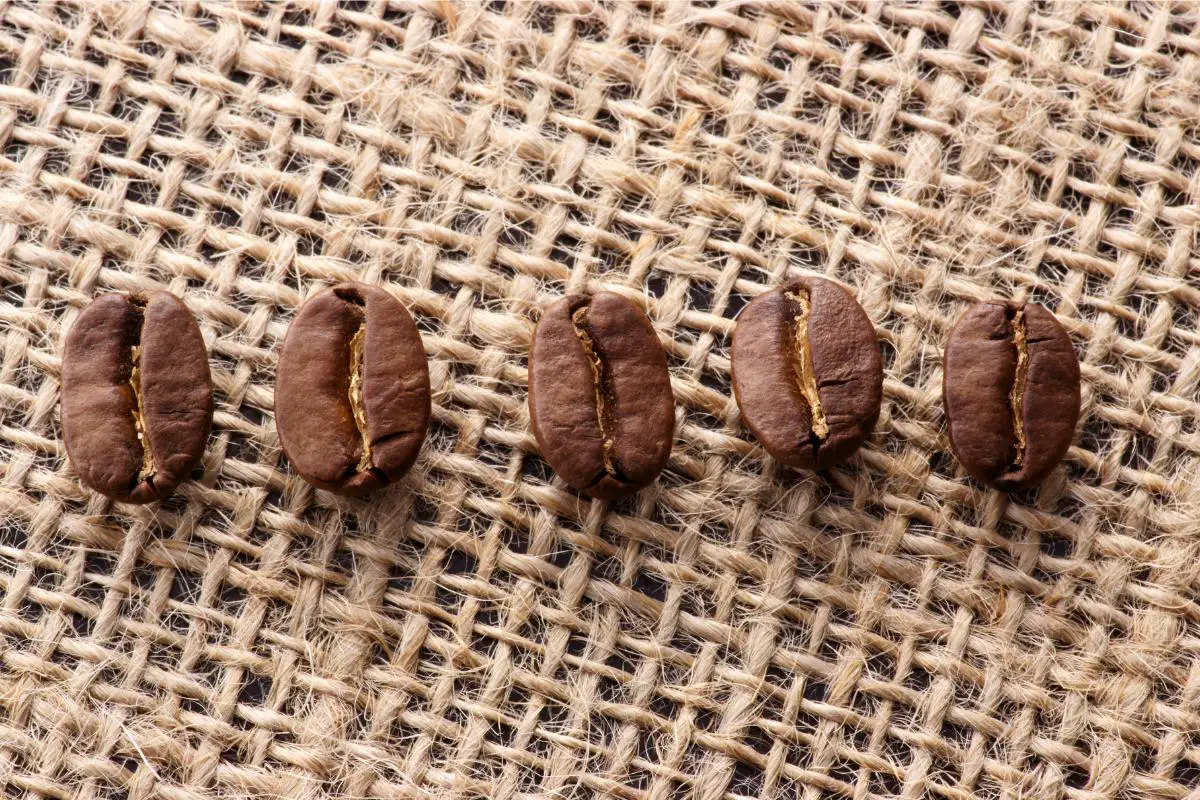
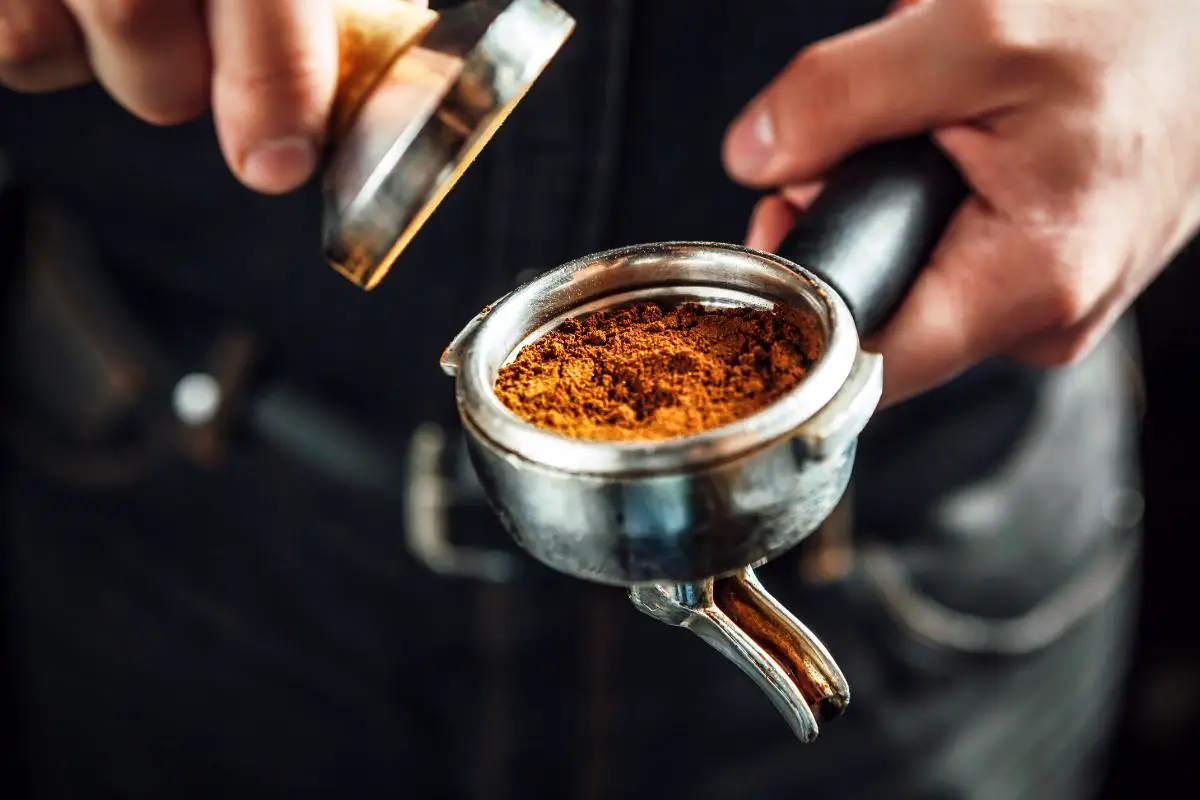
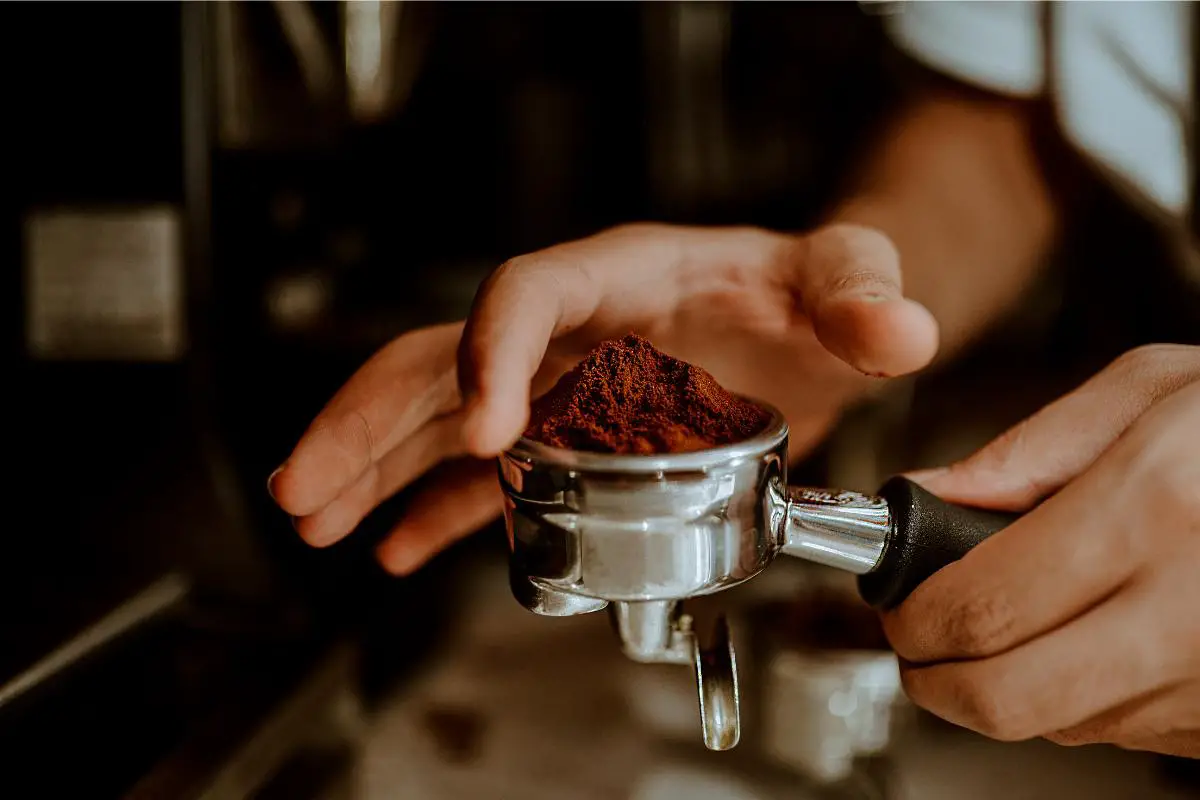
Leave a Reply